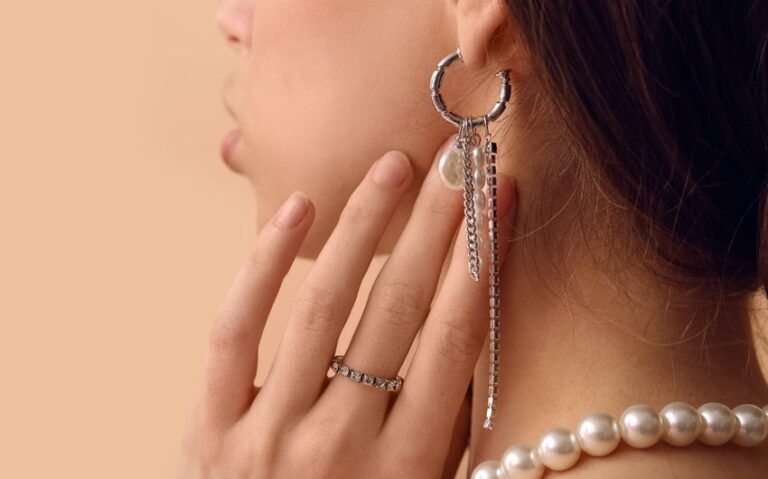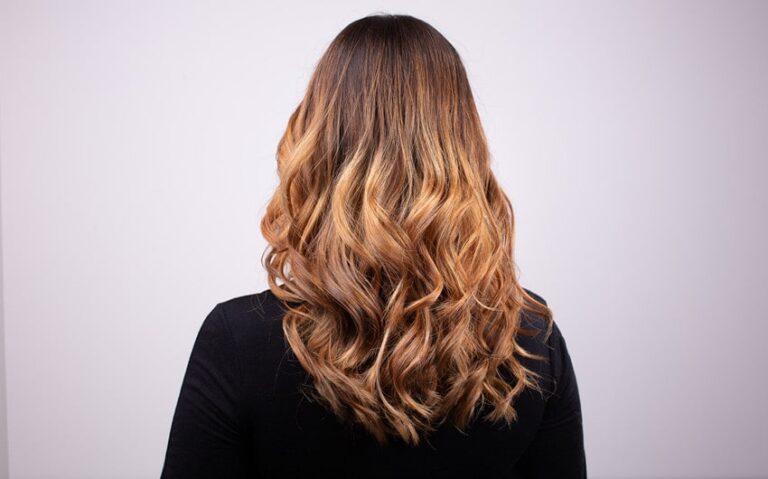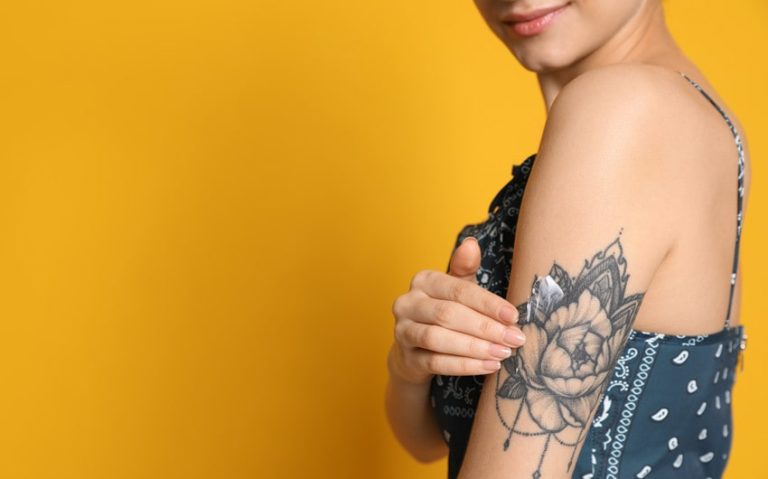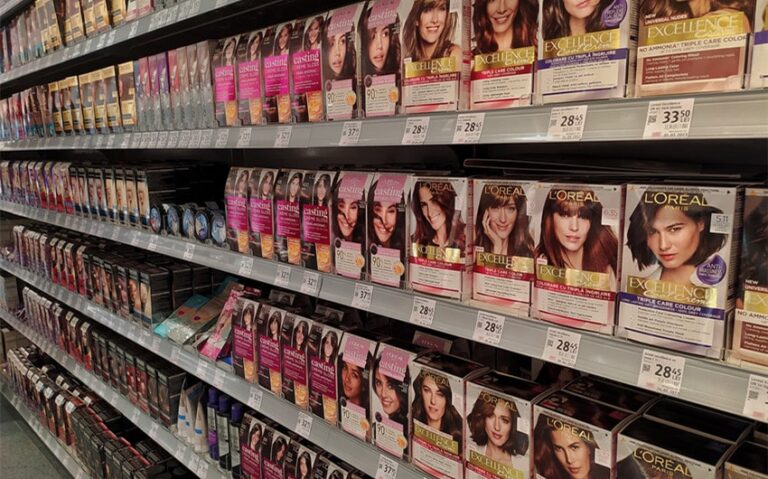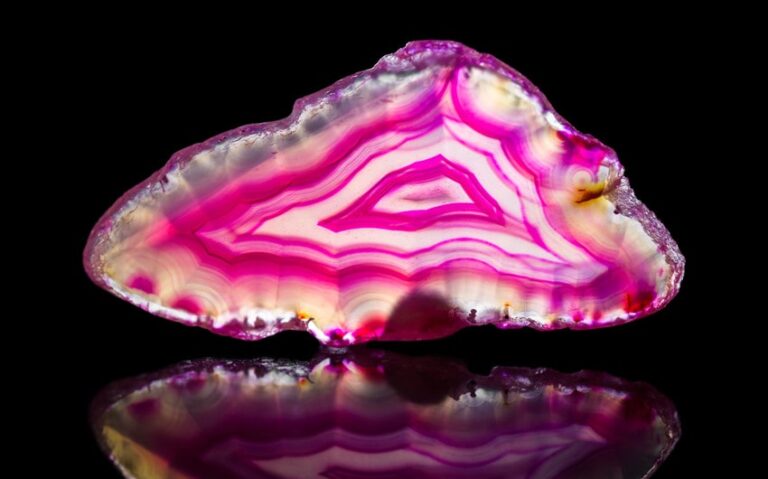How to Know If You Have Curly Hair: A Quick Guide
Wondering if your hair is secretly curly? Many people have hidden curls that just need the right care and attention to reveal themselves. Whether your hair tends to frizz, refuses to stay straight, or forms natural waves after a shower, these are all hints you might have curls. Understanding how to know if you have curly hair is the first step in learning how to embrace your natural texture and treat your hair right. Let’s explore the signs and simple tests that can help you figure out if your hair has a curlier side waiting to be discovered.
Signs That Indicate Curly Hair
If you’re unsure whether your hair is curly, there are several telltale signs that can help you figure it out. Curly hair can take many forms, and often, the key is recognizing how your hair behaves in different conditions. Below are some of the most common signs that indicate you might have curly hair:
• Natural Wave or Curl Pattern When Wet
One of the easiest ways to determine if your hair is curly is by observing how it looks when it’s wet. After a shower or swimming, does your hair form waves, curls, or spirals as it dries? Curly hair tends to have a distinct pattern when it’s wet, often forming tighter curls as it begins to dry. If you notice a natural wave or curl, that’s a good sign that your hair falls into the curly category.
• Frizz Without Proper Moisture
Curly hair tends to be more prone to frizz than straight hair, especially if it’s not properly moisturized. If you find your hair getting frizzy, even when it’s not humid, or if it feels dry to the touch, this could be a sign of curly hair. Curly hair requires more hydration because the natural oils from your scalp have a harder time traveling down the length of each curl. If your hair frizzes easily, it might be an indicator that it’s naturally curly.
• Volume and Shape When Air-Dried
When you let your hair air-dry without using any styling tools, what does it look like? Curly hair often has more volume and a defined shape compared to straight hair, which tends to lie flat. If your hair dries with a natural bounce, puffiness, or curls forming around your face or at the ends, this is another sign of curly hair. Pay attention to how your hair behaves without heat or styling products, as curly hair tends to take on its natural form when left alone.
• Difficulty Staying Straight
Have you ever tried straightening your hair, only to have it revert to waves or curls after a few hours? This is a common experience for people with curly hair. No matter how much heat or product you use, your hair may not stay straight for long. If your hair resists staying sleek and straight, especially in humid conditions or when exposed to moisture, it’s likely that your natural curl pattern is trying to show itself.

Understanding Different Curl Types
Curly hair isn’t one-size-fits-all—it comes in a variety of types and textures. Understanding your specific curl type is essential for knowing how to care for it properly and choosing the right products. Hair types are generally divided into categories, with curly hair falling under types 2, 3, and 4. These types range from loose waves to tight, springy coils, and each has its own unique characteristics. Let’s dive into the different curl types so you can better identify where your hair fits.
• Type 2: Wavy Hair
Wavy hair sits in the middle ground between straight and curly, giving it a more relaxed texture. This type of hair forms loose, S-shaped waves that can range from subtle to more defined. It tends to be flatter at the roots and becomes wavier toward the ends. Wavy hair is also prone to frizz, especially in humid conditions, and often benefits from lightweight products that enhance its natural texture without weighing it down.
Subtypes of Wavy Hair:
- 2A: This is the loosest form of wavy hair, with a barely-there wave that adds slight movement to the hair. It is typically fine in texture and easier to manage.
- 2B: More defined S-shaped waves start forming in this subtype, and the hair may have more body and volume.
- 2C: This subtype has the strongest wave pattern, bordering on loose curls. It often has more frizz and texture, making it harder to smooth out.
• Type 3: Curly Hair
Curly hair is characterized by more defined curls that can form loose spirals or tighter ringlets. Unlike wavy hair, type 3 curls start at the root and spiral down the length of the hair. Curly hair tends to be more prone to dryness because the natural oils from the scalp struggle to travel down the spiral structure. This type of hair requires more moisture to maintain its shape and prevent frizz. Curly hair is typically more voluminous and has a springy texture.
Subtypes of Curly Hair:
- 3A: This subtype features large, loose curls that are well-defined and tend to have a shiny, smooth texture. The curls are usually as wide as a piece of sidewalk chalk.
- 3B: These curls are tighter and springier, with more volume and body. The curl pattern is about the size of a marker or sharpie.
- 3C: This is the tightest curl pattern within the curly category, forming dense, corkscrew curls. These curls are about the width of a pencil and can have a coarser texture.
• Type 4: Coily/Kinky Hair
Type 4 hair is known for its tight, dense curls or coils that are often described as kinks or zigzags. This hair type is the most fragile and prone to breakage due to its tight curl pattern, which makes it harder for natural oils to travel down the hair shaft. Coily hair requires deep moisture and gentle care to keep it healthy and defined. This type of hair often appears much shorter than it actually is due to shrinkage, where the curls pull the hair up tightly.
Subtypes of Coily Hair:
- 4A: This subtype has tight, springy coils that form an S-shape, similar to type 3C but smaller and denser. These coils are about the width of a crochet needle.
- 4B: The curls in this subtype are more Z-shaped, with sharp angles and bends. The texture is more fragile and requires lots of moisture to maintain elasticity.
- 4C: This is the tightest curl pattern of all, with very dense, small coils that often have no distinct curl pattern. Hair in this category is the most prone to shrinkage and breakage, requiring extra hydration and care.
• Why Understanding Your Curl Type Matters
Knowing your curl type helps you understand how your hair behaves and what it needs to thrive. For example, wavy hair often benefits from lightweight, curl-enhancing products, while curly hair needs moisturizing and defining products to reduce frizz and maintain curl shape. Coily hair requires deep conditioning and protective styling to minimize breakage and retain moisture. By recognizing your curl type, you can tailor your haircare routine to keep your curls healthy, defined, and beautiful.
Understanding these different curl types and their unique needs is the key to unlocking the best care for your curly hair. Whether you have loose waves or tight coils, there’s a specific routine that can help you embrace your natural hair texture to its fullest.

How to Test if Your Hair Is Curly
If you’re still unsure whether you have curly hair, there are a few simple tests you can do to find out. These methods can help reveal your hair’s natural texture and curl pattern, especially if you’ve been straightening, blow-drying, or using heavy products that mask your curls. Here’s how you can test if your hair is truly curly.
• The Shower Test
One of the easiest ways to see if your hair is curly is to observe it in the shower. After washing your hair, let it air dry without applying any styling products or using heat tools. When your hair is wet, curls or waves often become more apparent, and as it dries, you’ll notice whether the strands start to form a pattern.
If your hair shows defined waves, curls, or even tight coils as it dries naturally, it’s a good indicator that you have curly hair. Be patient during the air-drying process—it might take time for the curls to fully form, especially if you have thicker hair.
• The Scrunch Test
The scrunch test is another simple way to check if you have curly hair. Start by washing and conditioning your hair, then blot it with a towel or T-shirt to remove excess water without causing frizz. While your hair is still damp, gently scrunch the ends upward toward your scalp. If your hair begins to form waves or curls when you scrunch it, this suggests a natural curl pattern. Even if your hair doesn’t form tight spirals, any type of wave or curl that appears during scrunching indicates that your hair has some degree of curliness.
• The Product Test
Sometimes, using the right hair product can help you uncover curls that may not be immediately obvious. After washing your hair, apply a curl-enhancing product, such as a curl cream, mousse, or gel, to damp hair. Scrunch the product into your hair and allow it to air dry.
Curl-enhancing products are designed to activate and define curls, so if your hair responds well and forms waves or curls, you likely have curly hair. This test is especially helpful for people who think their hair is just frizzy, as the right product can reveal hidden curls by taming the frizz and defining the natural curl pattern.
• Humidity Test
Curly hair tends to react dramatically to humidity, often becoming frizzy or forming tighter curls in humid environments. To test this, pay attention to how your hair behaves on a humid day or after spending time in a steamy environment like a bathroom post-shower.
If your hair starts to puff up, frizz, or form more defined waves or curls, this is a sign that you have naturally curly hair. Curly hair tends to absorb more moisture from the air, which causes the curl pattern to become more pronounced in humid conditions.
• The Stretch Test
This test involves taking a strand of dry hair and gently stretching it out. If the hair springs back into its original shape after being pulled, this indicates elasticity, a key characteristic of curly hair. Straight hair will typically stay elongated when stretched, while curly hair bounces back into a curl or wave. The more springy and resilient the hair is, the more likely it is that you have a natural curl pattern.
• Observing Curl Patterns Over Time
If your hair has been chemically treated or damaged from heat styling, it may take some time for your natural curl pattern to reveal itself. In this case, try giving your hair a break from heat tools and chemical treatments for a few weeks or even months. During this time, use moisturizing and curl-enhancing products to encourage your natural texture to show. You might be surprised by how much your hair’s curl pattern changes when it’s allowed to recover from damage.
Common Misconceptions About Curly Hair
Curly hair is beautiful and unique, but it often comes with a set of myths and misconceptions that can confuse people about how to care for it properly. Whether it’s about the appearance of curly hair, how it behaves, or the best way to style it, there are many misunderstandings that people with curly hair—or those trying to figure out if they have curly hair—encounter. Let’s debunk some of the most common misconceptions about curly hair so you can better embrace and care for your curls.
• Curly Hair Is Always Frizzy
One of the most persistent myths is that curly hair is inherently frizzy. While it’s true that curly hair can be more prone to frizz due to its structure, frizz isn’t a permanent feature of curly hair. Frizz often occurs when the hair lacks moisture or is exposed to humidity, causing the strands to swell and lose definition.
With the right care—such as using moisturizing products, avoiding heat damage, and keeping hair hydrated—frizz can be minimized, and curls can look smooth and defined. Curly hair doesn’t have to be synonymous with frizz if properly cared for.
• Curly Hair Is Unmanageable
Another common misconception is that curly hair is wild, unruly, and impossible to manage. In reality, curly hair is highly manageable when you understand its needs. Many people believe that because curls can tangle easily or may seem to “go their own way,” they are more difficult to handle than straight hair.
However, with the right routine and products—like leave-in conditioners, detangling sprays, and curl creams—curly hair can be just as easy to style as other hair types. The key is learning how to work with your natural texture rather than trying to fight against it.
• You Can’t Brush Curly Hair
It’s a popular belief that brushing curly hair is a big no-no. While it’s true that brushing dry curly hair can lead to frizz and breakage, this doesn’t mean that you should never brush your hair. The trick is to brush your curls the right way—when your hair is wet and coated with conditioner or leave-in product.
This helps prevent breakage and ensures that your curls remain defined. Using a wide-tooth comb or a detangling brush is a great way to gently work through knots without disrupting your curl pattern. Brushing curly hair doesn’t have to be off-limits, but it requires the right technique.
• Curly Hair Doesn’t Need to Be Washed Often
There’s a misconception that curly hair doesn’t need to be washed as frequently as straight hair. While it’s true that curly hair tends to be drier and can benefit from fewer washes, this doesn’t mean it should be neglected. The frequency of washing depends on your hair’s needs and the products you use.
Some people with curly hair may find that washing once a week works well, while others may need to wash more frequently due to product buildup or oiliness at the scalp. The important thing is to use a sulfate-free shampoo that won’t strip the natural oils from your hair, and to follow up with a moisturizing conditioner to keep your curls hydrated.
• All Curly Hair Looks the Same
Not all curly hair is created equal. There’s a wide variety of curl patterns, from loose waves to tight coils, and no two heads of curly hair are exactly alike. Some people may have multiple curl patterns on their head, with tighter curls in some areas and looser waves in others. The idea that curly hair falls into one uniform category is far from true.
Understanding the specific type of curls you have can help you tailor your haircare routine to meet the unique needs of your hair. For example, loose waves may require lighter products, while tighter curls need richer, more moisturizing treatments.
• You Should Cut Curly Hair When It’s Wet
A common myth is that cutting curly hair while wet leads to better results. While some hairstylists prefer this method, cutting curly hair dry is often a better option. Curls shrink when they dry, and wet hair doesn’t give a true sense of the curl pattern or the final length.
Dry cutting allows the stylist to see how the curls naturally fall and ensures that each curl is shaped properly. Dry cuts help avoid that dreaded “too short” moment when your curls bounce up after they’ve dried, making it a preferred method for many curly-haired individuals.
• Curly Hair Can Be Tamed with Heat
Many people think that the best way to control curly hair is by using heat tools to straighten it. While it’s possible to temporarily straighten curly hair with a flat iron or blow dryer, frequent heat styling can lead to long-term damage. Curly hair is naturally more delicate and prone to dryness, and excessive heat can cause split ends, breakage, and even permanently alter your curl pattern.
Instead of relying on heat, it’s better to embrace your natural curls and find styling techniques that enhance their shape, such as diffusing, plopping, or using curl-enhancing products. Heat-free methods not only preserve your curls but also keep them healthy.



